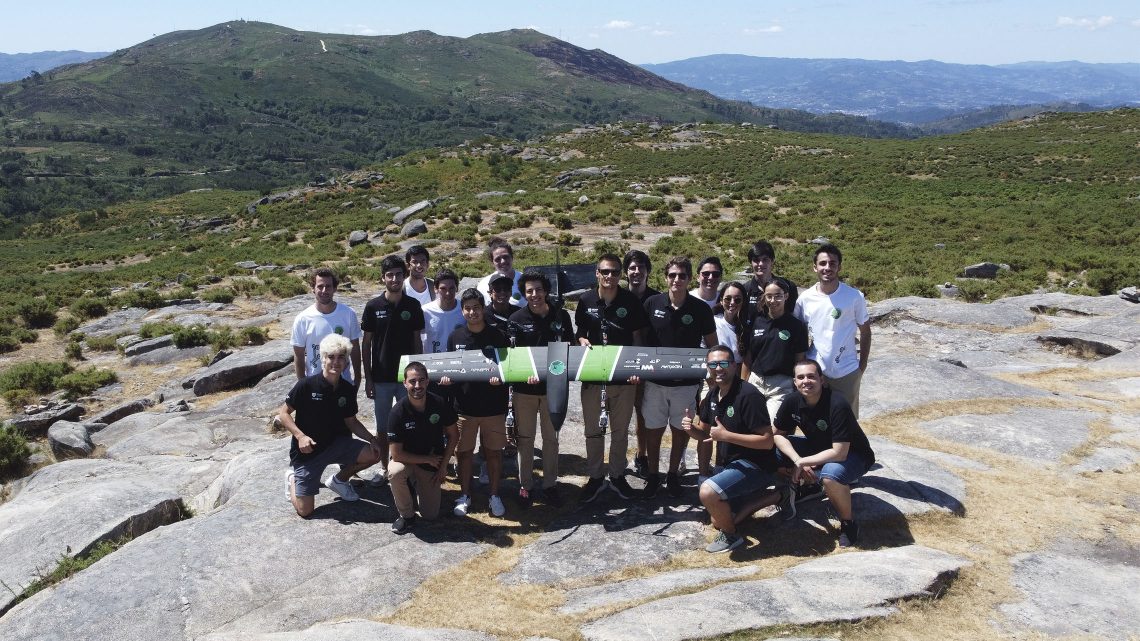Project developed by Técnico students tests UAV for forest fire detection at Peneda-Gerês National Park
VTOL aircraft can overfly forests autonomously and detect forest fires based on machine learning algorithms.

On 26th July, the UAV-ART project, developed by AeroTéc (Aerospace Engineering student group at Técnico) conducted a flight demonstration in a real-life scenario, at Arcos de Valdevez, to test its most recent model aircraft, designed to identify and prevent forest fires.
Created in 2018, the UAV-ART is a research project dedicated to create fixed-wing UAVs, capable of autonomous flight.
From the model construction, the flight controllers design, the avionics and real-time image processing, the project stands out for its multidisciplinary and educational aspect for the future engineers that are part of the team.
At the beginning of the academic year, the UAV-ART faced a new challenge – to design its model aircrafts to forest monitoring and forest fire prevention, a cause of great importance at national level. That said, the work shifted towards applying the under-development vision and control algorithms in UAVs to detect fires and alert the operator of their location. The first steps were taken on the flight demonstration at Arcos de Valdevez.
In a collaboration with Arcos de Valdevez’s City Hall, a practical test was conducted, with the participation of multiple elements from the public services, such as firefighters, civil protection, the Viana do Castelo S&R District Commander, IPVC, UEPS and other surrounding municipalities. This flight demonstration aimed to test the model aircraft in a real-life scenario, to act on an unknown irregular terrain and register its efficiency. At the time, fortunately, there were no active fires, therefore the detection algorithm was tuned to detect people and vehicles.
To schedule and organise such complex events, a structural organisation inside the project was vital, combining all team (Structures and Aerodynamic, Control, Systems, Vision and Marketing) efforts with a common goal. Deadlines were rigidly defined to integrate all essential aircraft parts into a final, fully working and capable product.
The work developed by each team was crucial for this novel model aircraft’s success, which is particularly different from a conventional fixed-wing aircraft. The model built was a VTOL (Vertical Take-Off and Landing) aircraft, capable of taking off and landing without a takeoff run nor a runway. The added complexity required an intense R&D work, extending from the vision algorithms, allowing to detect fires, to the base components like the structure and electronics, that allow the aircraft to reach the desired operation areas.
From the team’s perspective, this demonstration flight was a success, allowing to show the VTOL’s capabilities and the project’s efficiency at organising such events. Thus, it was possible to improve the project’s impact in the community, in order to raise awareness to the forest problems, specifically forest fires, but also exposing to the professional sector one of the most promising academic projects and its collaborators, that will become the society’s next engineers in the future.
